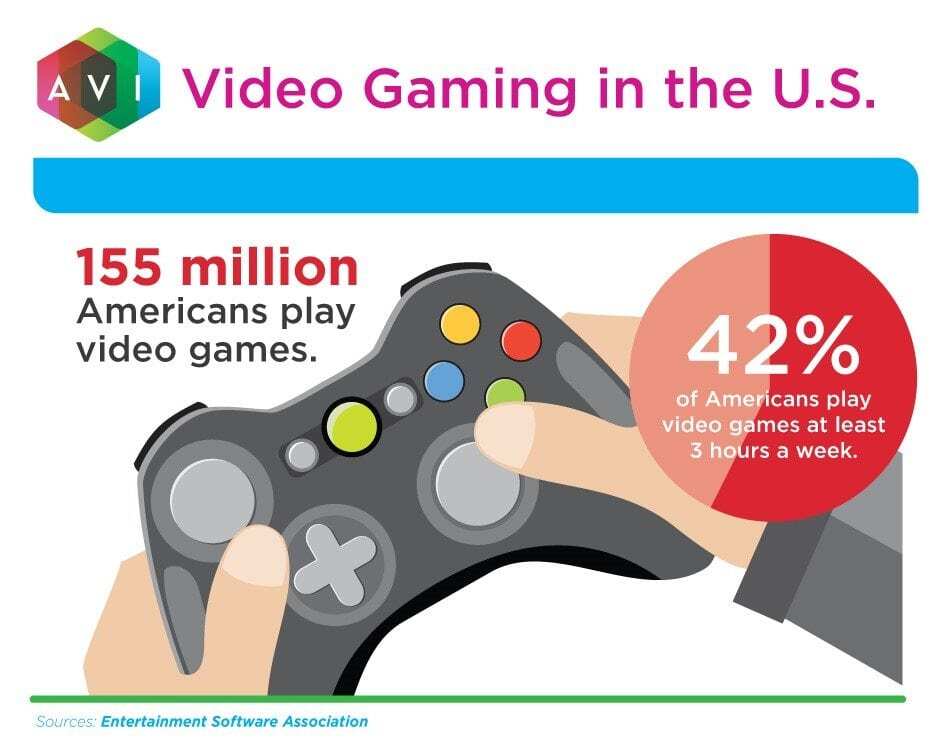We all know a teenager (or adult) who can’t be pried away from video games -- and they are not alone. According to Peter Diamandis, founder of XPRIZE Foundation, a leader in designing and operating large-scale incentive competitions, more than 155 million Americans play video games regularly, which turns out to be upwards of 3 billion hours per week.
Also read: 4 ways technology impacts today's higher education
There is certainly more than one teacher or parent who has wondered how to make learning as appealing as video games. The good news is, by applying increasingly accessible technologies such as virtual reality and AI to our education delivery model, learning can be as fun as gaming.
Gamification of Learning Makes Education Fun
Video games themselves are a form of learning, Diamandis argues. In a game, players do the following:
- Observe a problem
- Form a hypothesis
- Test the hypothesis
- Learn from immediate feedback
It’s basically the scientific method unfolding on the screen in real time.
Video games are also a reward-based activity rather than a demerit-based activity. In school, for every wrong answer on a test or mistake on your homework you get points taken away. In gaming, for every objective you meet or good thing you do, you get points added.
Gamification in learning takes the elements of video games people love and applies them to the education model. Gaming elements that can be included in learning are things like:
- Narrative
- Immediate feedback
- “Scaffolded learning” with challenges that increase
- Progress indicators such as badges or points
These elements can be easily applied to research and classroom learning. For example, in his article, Diamandis cites a video game called FoldIt. Players get a digital rendering of protein—the basic building blocks of our cells—and manipulate and fold the protein on screen. The lower the strain on the molecules, the higher the score. Turns out, while scientists had long struggled to predict how proteins would fold, the 240,000 players who registered for FoldIt were pretty good at it.
Gamification of learning can also apply to large school tasks like research papers. Students can be divided into teams and each part of the task—researching, outlining, writing, editing—can represent a game level. Teams have to accomplish each step together to move up to the next level or task.
Gamification applications are not restricted to just classroom or lab learning either. With TIME Magazine predicting that by the year 2025, 3 out of every 4 employees around the world will be millennials, corporate training needs to keep up with the engaging, technology-based learning millennials expect. Gamification of learning principles can be applied to everything in the workplace from employee wellness challenges to professional development to annual training requirements.
Related: Make employee training fun with new technologies
Enhance Gamification of Learning Benefits with the Right Tech
While it might be difficult to see the benefit of someone sitting for hours on a couch playing video games, the benefits of the gamification of learning have become clear. They include:
- A feeling of ownership over learning
- A more relaxed learning environment focused on effort rather than outcome
- Learning becomes visible through progress indicators
- Increased comfort and engagement for students
- More fun in the classroom
But, just as with any technology application, the right, high-quality and reliable technology tools are critical to success. No one wants to play a video game on a screen with low resolution or have teamwork hindered by an AV system that can’t support multiple personal devices.
The University of Montana sought out the right solutions to engage students, and came up with a technology update that enhanced their learning delivery model, making it more flexible and more fun.








